Understanding Lean Hog Futures: Navigating the Dynamics of Agricultural Commodity Trading
Have you ever wondered how the prices of everyday food items, like pork, are determined in a complex global market? Or perhaps how farmers and large food companies manage their risks against unpredictable price swings? The answer often lies in financial instruments like Lean Hog futures contracts, traded on the Chicago Mercantile Exchange (CME). These contracts are not just for seasoned traders; they offer a fascinating glimpse into the intricate world where agriculture meets finance. In this article, we’ll demystify Lean Hog futures, exploring their purpose, the key factors that influence their value, how market data helps in decision-making, and the strategic ways they are used for both risk management and investment.
We will break down complex concepts into understandable segments, starting with what these contracts actually represent, moving through the powerful forces of supply and demand, and finally examining how vital market intelligence guides participants. Whether you’re an aspiring investor, a curious consumer, or simply interested in how our food supply chain operates, understanding Lean Hog futures can provide valuable insights into the dynamic agricultural commodity market.
For a quick overview, here are some key aspects of the Lean Hog futures market:
| Aspect | Description |
|---|---|
| Underlying Asset | Live lean hogs |
| Primary Exchange | Chicago Mercantile Exchange (CME) |
| Settlement Method | Cash-settled (based on CME Lean Hog Index) |
| Main Uses | Hedging for producers/packers, speculation for traders |
The Essentials of Lean Hog Futures Contracts
At its core, a Lean Hog futures contract is an agreement to buy or sell a specific quantity of lean hogs at a predetermined price on a future date. But what exactly is a “lean hog” in this context? It refers to pigs that have reached approximately 250 pounds, which is considered the minimum weight for slaughter. These contracts, primarily traded on the CME GLOBEX electronic platform, serve two main purposes: speculation on future price movements and hedging against adverse price changes for those involved in the pork industry. 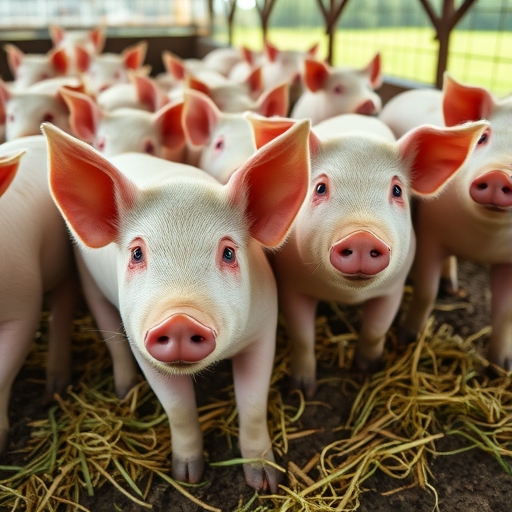
The history of these contracts is quite interesting. Introduced in 1966 on the CME floor as “live hog” contracts, they evolved significantly. In 1997, they were renamed “Lean Hog Futures” and became cash-settled. This means that instead of physically delivering hogs, contracts are settled financially based on a benchmark: the CME Lean Hog Index. This index is a crucial component, representing a two-day weighted average of cash market prices for producer-sold swine. Let’s look at the specific details of these important contracts: 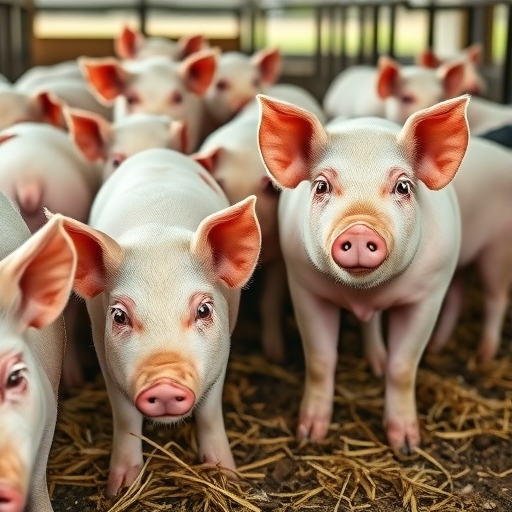
| Specification | Detail |
|---|---|
| Symbol | HE |
| Units | 40,000 lbs (pounds) of lean hogs |
| Price Quotation | Cents per pound |
| Exchange | CME GLOBEX (electronic trading) |
| Trading Hours | 8:30 – 13:30 CT (typical for CME agricultural products) |
| Tick Value | 1/4 cent per pound, equivalent to $10.00 per contract |
| Minimum Price Fluctuation | $0.00025 per pound |
| Contract Months | February, April, June, July, August, October, December |
| Last Trade Date | Second to last business day of the month prior to the contract month |
| Price Limits | $0.0375 per pound above or below previous day’s settlement (no limits in expiring month during last two trading days) |
Understanding these specifications is the first step in comprehending how Lean Hog futures operate within the broader commodity trading market. The cash settlement mechanism, tied directly to the CME Lean Hog Index, ensures that the contract price closely reflects the actual cash market value of lean hogs.
Key Drivers and Seasonal Trends in the Lean Hog Market
The lean hog market is incredibly dynamic, influenced by a multitude of factors that affect both supply and demand. As participants, it’s essential for us to grasp these fundamental drivers to anticipate price movements. The United States, for instance, holds a significant position as the world’s largest pork exporter, with most of its hog production concentrated in the Midwest states like Iowa, Illinois, and Minnesota. This regional concentration means that local conditions can have global implications. 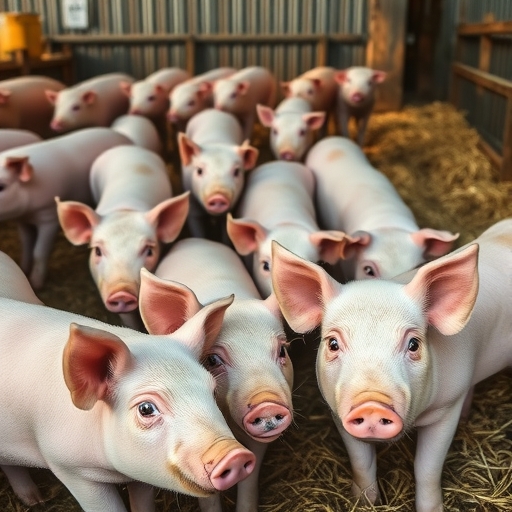
A typical 250-pound hog yields approximately 85-90 pounds of lean meat, with ham and loin making up a substantial portion. This yield efficiency directly impacts profitability for producers and, consequently, supply. But what truly drives the ups and downs of lean hog prices throughout the year? Seasonality plays a huge role. We often see prices peak in the summer months, fueled by increased demand during “grilling season.” Conversely, prices tend to reach their lows in the fall, typically around October or November, which aligns with the corn harvest and potential herd adjustments.
Seasonal patterns in the lean hog market are driven by several recurring factors:
- Increased demand during summer months (grilling season) for pork products.
- Higher slaughter weights and potential oversupply during fall (post-corn harvest).
- Breeding cycles and farrowing intentions, which influence future supply.
Perhaps one of the most critical external factors is the corn market. Why is corn so important? Because it’s the primary feed for pigs! When corn prices rise, feed costs for hog producers increase significantly. This can lead producers to make tough decisions, sometimes slaughtering hogs at lower weights to reduce expenses. Initially, this might increase the immediate supply of pork, potentially lowering prices. However, over time, sustained high feed costs can lead to a smaller overall hog herd, ultimately pushing prices higher. To gauge this relationship, traders and producers closely monitor the hog-corn ratio, which divides the lean hog futures price by the corn futures price. A ratio above 18-20 (historically, 14 was a key threshold) typically encourages producers to expand their hog numbers, indicating better profitability, while a lower ratio discourages it.
The hog-corn ratio is a vital indicator for producers, influencing their decisions on herd expansion or contraction:
| Hog-Corn Ratio | Producer Action | Market Impact (Long-term) |
|---|---|---|
| Above 18-20 | Encourages expansion; profitability is good. | Potential for increased supply later. |
| Below 14 | Discourages expansion; profitability is low/negative. | Potential for reduced supply later. |
Beyond domestic production and feed costs, global demand is an increasingly powerful influence. As incomes rise worldwide, especially in countries like China, which is the leading pork consumer, the demand for lean hogs and pork products escalates. This growing international appetite for U.S. pork adds another layer of complexity and opportunity to the lean hog futures market. Understanding these interconnected factors—from feed prices to global consumption patterns—is crucial for anyone looking to understand the forces shaping pork market dynamics. 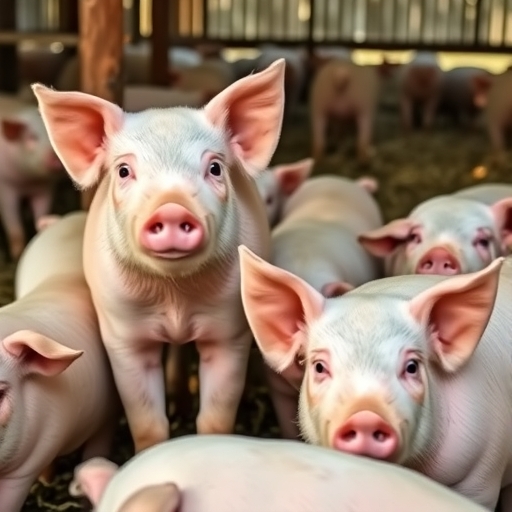
Leveraging Market Intelligence: USDA Reports and Price Indices
In the world of commodity trading, information is power. For Lean Hog futures, some of the most authoritative and closely watched data comes from the United States Department of Agriculture (USDA). These USDA reports provide transparent insights into the underlying fundamentals of the pork industry, helping traders and producers make informed decisions about supply and demand.
Two critical reports we track are:
- “Hogs and Pigs Report”: Issued quarterly, this comprehensive report offers a detailed snapshot of the U.S. hog herd. It provides vital statistics on overall herd size, the pig crop (number of pigs born), the breeding herd, and farrowing intentions (how many sows producers plan to breed). Knowing these figures helps us anticipate future supply levels, which directly impacts lean hog prices.
- “Hog Slaughter Report”: Published monthly, this report provides data on the total number of hogs slaughtered and their average weights. This information indicates the current supply hitting the market and can hint at producer responses to feed costs or market prices.
Traders meticulously analyze these USDA reports for specific insights:
- Changes in the breeding herd size can signal future hog supply shifts.
- Farrowing intentions provide a leading indicator for the pig crop size.
- Average slaughter weights can reflect producer responses to feed costs or market prices.
Beyond these reports, the CME Lean Hog Index is arguably the most pivotal piece of market intelligence for futures traders. As we discussed, this index serves as the benchmark for cash settlement of the Lean Hog futures contracts. It’s not just a simple average; it’s a two-day weighted average of USDA cash prices for producer-sold swine. This includes prices from negotiated transactions and those based on swine/pork market formula prices reported via USDA’s Livestock Mandatory Reporting (LMR) system. The composition of this index can be nuanced, and understanding how these different transaction types contribute to its value is crucial for precise market analysis.
Monitoring the CME Lean Hog Index provides a real-time pulse of the cash market, giving us insight into where futures prices might converge as they approach expiration. Combining the forward-looking data from USDA reports with the current cash market insights from the CME Lean Hog Index provides a robust foundation for understanding and predicting movements in lean hog futures prices. This systematic approach to market intelligence is a cornerstone of effective risk management and speculation in agricultural commodities.
Strategic Considerations for Trading and Investing in Lean Hogs
Now that we’ve covered the fundamentals and the critical data sources, how do participants actually use Lean Hog futures? These contracts are versatile tools for both risk management and speculation. For hog producers, futures contracts are invaluable for hedging. By locking in a future selling price for their hogs, they can protect themselves from a sudden drop in cash market prices, ensuring profitability and stability for their operations. Similarly, pork packers can hedge against rising hog prices, securing their input costs.
Various participants engage with Lean Hog futures, each with distinct objectives:
| Participant | Primary Objective | Role in Market |
|---|---|---|
| Hog Producers | Hedge against falling hog prices | Sell futures to lock in selling price |
| Pork Packers/Processors | Hedge against rising hog prices | Buy futures to lock in input costs |
| Speculators/Traders | Profit from price movements | Buy (long) or sell (short) based on market outlook |
| Fund Managers | Diversification, exposure to commodities | Invest via commodity indices or direct futures |
For investors and traders, Lean Hog futures offer an opportunity to speculate on price movements without ever having to handle a physical hog. If you anticipate that global demand will increase or corn prices will fall, potentially leading to higher hog prices, you might buy a futures contract. Conversely, if you foresee an oversupply, you might sell. This leverage allows for significant profit potential, but also carries substantial risk.
Common hedging strategies employed by industry participants include:
- Short Hedge: Producers sell futures contracts to protect against price declines for their upcoming hog sales.
- Long Hedge: Packers buy futures contracts to lock in purchase prices for hogs they will need in the future.
- Basis Trading: Exploiting the difference between cash and futures prices, which converges at expiration.
It’s important to note that many hog producers today utilize marketing contracts when selling directly to packers. These contracts often tie the selling price to either Lean Hog futures prices or the CME Lean Hog Index, further integrating the futures market into the daily operations of the industry. This shift towards contract-based and vertically coordinated production has fundamentally altered the industry’s structure, emphasizing efficiency and profitability.
Beyond direct futures trading, Lean Hog futures also play a role in broader financial markets. They are components of major commodity indices, such as the Bloomberg Commodity Index and the S&P GSCI (Global Commodity Index). This inclusion means that large institutional investors who track these indices gain exposure to the lean hog market, broadening its financial market influence beyond agricultural specialists. For those who prefer not to engage in futures trading directly, an alternative investment avenue exists: investing in publicly traded hog-related companies, such as Smithfield Foods or Tyson Foods. These companies’ performance is often closely tied to the health of the pork industry and lean hog prices.
Ultimately, engaging with the lean hog market, whether through direct futures trading or indirect investments, requires a keen understanding of its unique dynamics. By closely monitoring factors like the hog-corn ratio, global trade flows, and the comprehensive USDA reports, you can build a robust understanding to navigate this fascinating segment of the agricultural commodities market.
Conclusion
Lean Hog futures contracts provide a sophisticated yet accessible gateway into the vibrant world of agricultural commodity trading. We’ve explored how these financial instruments, traded on the CME and cash-settled against the crucial CME Lean Hog Index, serve as vital tools for both risk management and speculation within the global pork market. From the profound impact of corn prices and seasonality to the ever-growing influence of global demand, particularly from China, numerous factors converge to shape lean hog prices.
Understanding the fundamental drivers, leveraging key USDA reports for market intelligence, and grasping the mechanics of these contracts are essential steps for anyone looking to engage with this dynamic sector. Whether you’re a producer looking to hedge, an investor seeking diversification, or simply keen on understanding the complex interplay that brings pork to our tables, the lean hog futures market offers a compelling area for analysis and strategic participation.
Disclaimer: Investing in futures contracts involves substantial risk and is not suitable for all investors. The high degree of leverage can work against you as well as for you. Before deciding to invest in futures, you should carefully consider your investment objectives, level of experience, and risk appetite. The information provided in this article is for educational purposes only and should not be construed as financial advice.
Frequently Asked Questions (FAQ)
Q: What is a Lean Hog futures contract?
A: A Lean Hog futures contract is a financial agreement to buy or sell a specific quantity of lean hogs (typically 40,000 pounds) at a predetermined price on a future date. It is cash-settled based on the CME Lean Hog Index, meaning there is no physical delivery of hogs.
Q: How does the CME Lean Hog Index work?
A: The CME Lean Hog Index is a crucial benchmark for cash settlement. It represents a two-day weighted average of USDA cash prices for producer-sold swine, including negotiated transactions and formula-based prices. Futures contracts converge to this index price as they approach expiration.
Q: What are the key factors that influence Lean Hog prices?
A: Lean Hog prices are influenced by various factors, including the supply and demand dynamics of the U.S. hog herd, the price of corn (as a primary feed cost), seasonal demand shifts (e.g., grilling season), and global demand, particularly from major importers like China.


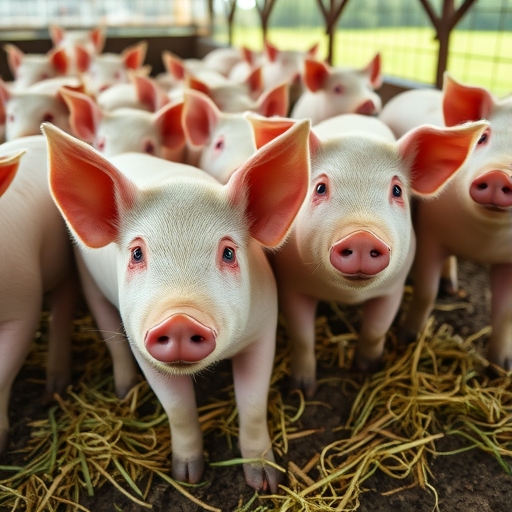
No responses yet